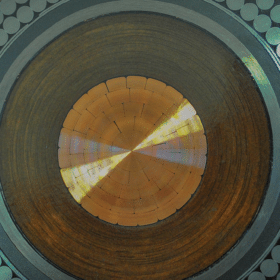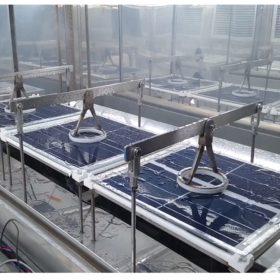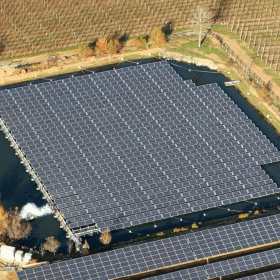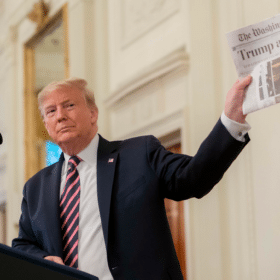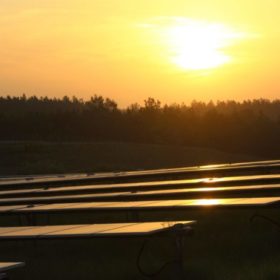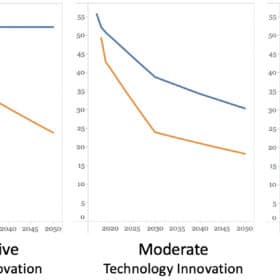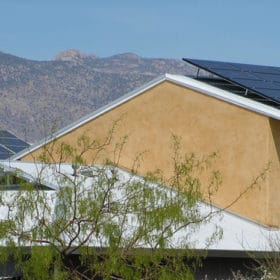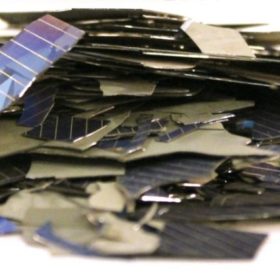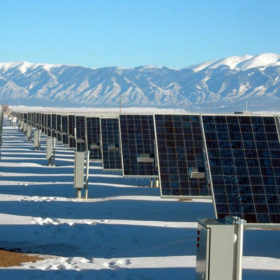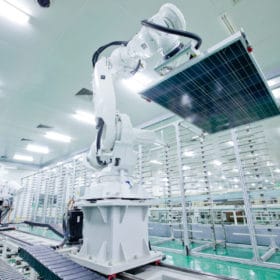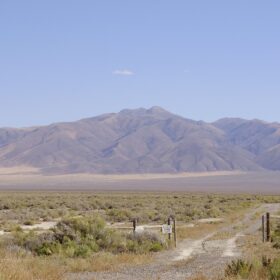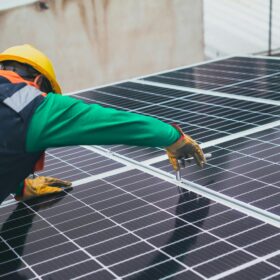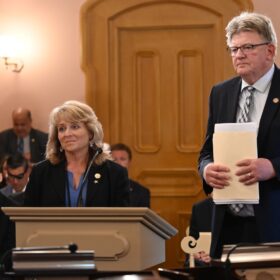Proposed $16B project combines world’s largest PV farm, largest battery, longest undersea HVDC cable
Here’s a high-level cost estimate of what transmitting solar power underneath an ocean might cost for the proposed $16 billion Australia–ASEAN power line.
A solar module stress test for all seasons
Scientists led by NREL have developed a new stress testing protocol for PV modules, one designed to simultaneously expose modules to multiple stresses, as they likely would be in the field. Putting modules through this test, the researchers have already been able to reveal new information regarding backsheet degradation, and they promise new insights into other degradation mechanisms.
Floating solar nearing price parity with land-based solar, Duke and Cargill take first dive into sector
Four years ago, there were just two floating solar arrays in the U.S. — by the end of this year, there will be over 20.
Morning Brief: Trump admin disappears NREL ‘seams’ study and a 250-ton Chinese transformer
Also in the brief: China claims world’s largest solar ‘rooftop’ at 200 MW. And Midwest energy companies pledge to build nation’s largest interstate electric vehicle charging network.
NREL scientists encourage ‘optimal’ PV curtailment
Solar curtailment might become a valuable aspect of future PV deployment, particularly if grid operators start focusing on ‘curtailment management’ instead of ‘curtailment prevention.’ Management would include measures such as flexible generation, storage, load flexibility, and regional coordination.
NREL’s solar cost projections plummet in new forecast
The lower projected costs for PV could help guide some utilities to plan for more PV capacity, as the utilities develop their long-term resource plans.
SolarAPP residential solar permitting app to launch this fall
The web-based app is designed to automate local government processing of solar permit applications, and has earned praise from local government officials in California who have tested it.
NREL looks to tackle PV waste before it’s too late
With up to 80 million tons of solar photovoltaic panels expected to hit landfills globally by 2050, the national lab has taken a look into refining how crystalline silicon module recycling is done — in order to establish a circular market.
Morning Brief: California ISO brings the largest battery storage resource in the nation online
Also in the brief: IREC on energy storage interconnection, Wunder Capital and partners to invest more than $100 million in U.S. commercial solar, Photosol buying land rights near coal plants with eye toward transmission, and NREL on recycling solar panels.
Morning Brief: newer solar equipment ages gracefully, Solar FlexRack provides trackers for 14 MW of projects
Also in the brief: nearly 1 MW of solar has been installed on the roof of a 300,000-square-foot Kroger bakery facility, a big-rig driver installing solar on his truck, camouflage for solar panels and more.
